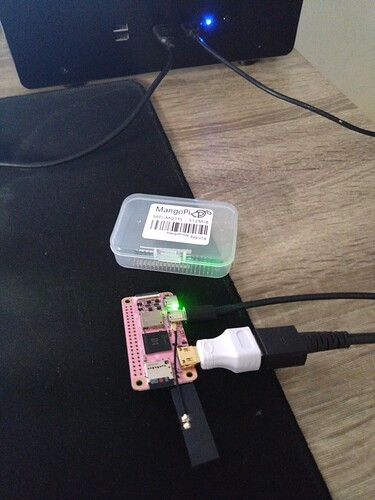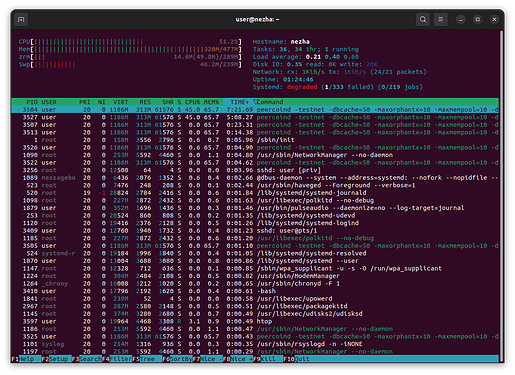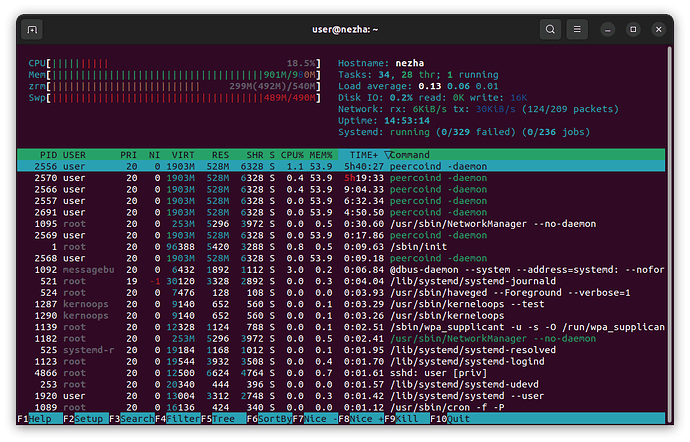Recently I have noticed that community members are voicing their interest in continuous minting using low power single board computers. Like Raspberry Pi for example. However, since the pandemic, it is impossible to find a Raspberry Pi so I went out to find an alternative.
I wanted something cheap, under $30 if possible, and reasonably well supported. Since we’re living in the future, now we have both open source software and open source hardware, so I went with a RISC-V-based board. Mango Pi.
RISC-V is an open-source instruction set architecture (ISA) that is designed to be simple, modular, and extensible. Unlike proprietary ISAs such as ARM or x86, the RISC-V ISA is freely available and can be used to design custom microprocessors without any licensing fees or restrictions.
One of the key advantages of the RISC-V architecture is its openness. The ISA is maintained by the RISC-V Foundation, a non-profit organization that promotes the adoption of RISC-V as a standard ISA for all computing applications. Because the ISA is open, anyone can design and implement their own RISC-V-based processors without any licensing fees or restrictions. This has led to a proliferation of RISC-V-based designs, ranging from simple microcontrollers to custom accelerators for machine learning and other specialized applications.
This device costs €26,89 with shipping. I went with 512MB version. Software support is “good enough”, suboptimal but for the price of this thing I believe it is ok. I guess it will get better as it matures.
Here is it running peercoind on testnet (and minting) with ease.
Would I recommend this device for continuous minting? Sure. Just get the 1GB RAM version, 512MB is really struggling and you will not be able to sync the blockchain from scratch with 512MB version because peercoind gets killed by OOM killer after it exhausts all the available RAM.
Understand that this CPU is incredibly slow, I would say that the first-generation Raspberry Pi was faster than it, so don’t expect to use it for anything else but minting.
This device can be purchased from Aliexpress and Ebay. It should not cost you more than $45 with shipping. You will also need an SD card, which will set you back about $7 for 32GB of storage.
I will upload the OS image soon, and after OS is installed you need the peercoin client as well. I have already prepared packages for riscv64 in the debian repository.
Before you venture into this understand that you will need a basic understanding of Linux operating system and you don’t have problems with using it (just for installation) from the terminal.
I can offer basic assistance with setting it up.
Going forward I will get the 1GB RAM version to see how that works, if performance is sufficient I will look into making a 3D printed case for this device, peercoin themed of course, and seek to offer this setup as a product sold by the Foundation as merch.



